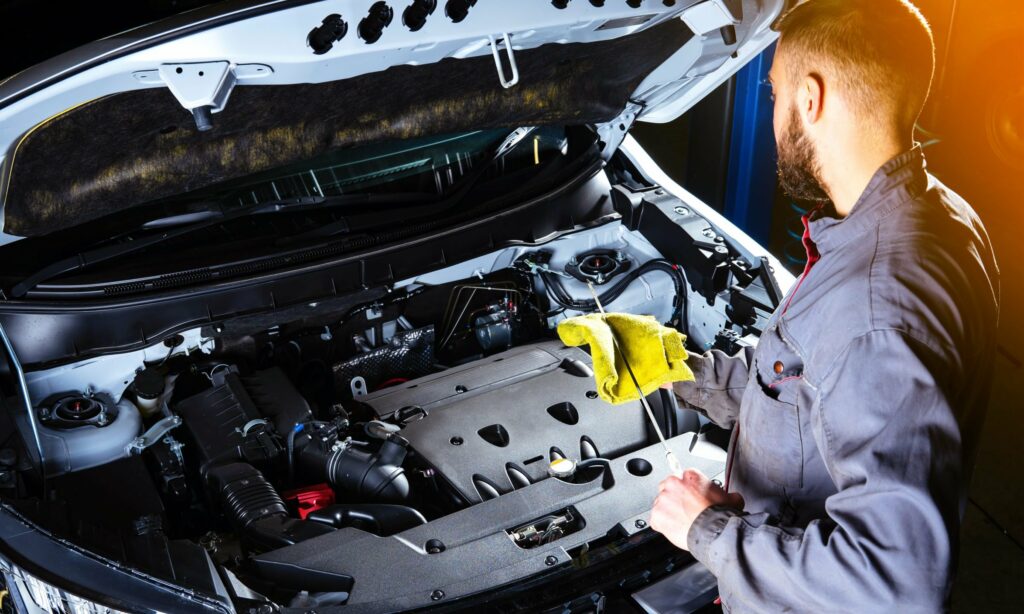
Maximizing Efficiency and Reliability with Auto Planned Maintenance
Whether it’s in the manufacturing industry, transportation sector, or any other field that heavily relies on machinery, the ability to keep operations running smoothly is paramount. This is where auto planned maintenance steps in, offering a proactive approach to ensure optimal performance while reducing downtime.
What is Auto Planned Maintenance?

It is a strategy that uses advanced technologies and predictive analytics to optimize the maintenance process. Unlike traditional reactive maintenance, where repairs are made after a breakdown occurs, auto maintenance focuses on preventing failures before they happen. This approach allows organizations to proactively schedule maintenance tasks, ensuring that equipment remains in peak condition.
What Are the Benefits of Auto Planned Maintenance?
It offers a range of benefits that help organizations. Let’s check some of the key advantages:
Better Equipment Lifespan
Auto maintenance significantly extends the lifespan of machinery. If you regularly take a close look at equipment health and solve potential issues, you can avoid bigger problems. The key benefits of increased equipment lifespan include
- Reduced need for premature equipment replacements
- Avoidance of costly downtime associated with major breakdowns
- Optimal utilization of assets over a longer period
Enhanced Operational Efficiency
With planned maintenance, companies can minimize unplanned interruptions and maximize operational efficiency. Organizations can avoid disruptions and optimize productivity if they schedule maintenance during low-demand periods.
- Improved overall equipment effectiveness (OEE)
- Streamlined production schedules and reduced bottlenecks
- Higher customer satisfaction due to improved service reliability
Cost Savings
By preventing major breakdowns, auto planned maintenance will help to avoid additional expanses. Reactive maintenance often involves emergency repairs, higher labor costs, and the need for expedited shipping of replacement parts. With auto maintenance, maintenance tasks can be performed in a controlled and cost-effective manner. The key benefits of cost savings include:
- Reduced emergency repair expenses
- Minimized labor costs through optimized maintenance schedules
- Avoidance of additional costs associated with unplanned downtime
Enhanced Safety
Auto planned maintenance helps organizations maintain a safe working environment. They identify and address potential hazards. The key benefits of enhanced safety include:
- Protection of employee well-being and morale
- Mitigation of potential legal and regulatory risks
- Preservation of the organization’s reputation and brand image
Implementing Auto-Planned Maintenance
Implementing auto-planned maintenance involves a systematic approach that integrates technology, data analytics, and organizational processes. Here are the key steps to implement maintenance effectively:
1. Data Collection and Analysis:
- Identify relevant data points and sensors to monitor equipment health.
- Utilize IoT (Internet of Things) devices to capture real-time data.
- Use data analytics tools, they help you to identify patterns and potential failure indicators
2. Predictive Maintenance Strategy:
- Develop predictive models based on historical data and machine learning algorithms.
- Determine the optimal threshold values for maintenance interventions.
- Set up alerts and notifications to trigger maintenance actions based on predictive insights.
3. Automation and Scheduling:
- Integrate maintenance management systems with predictive analytics tools.
- Automate work order generation and assignment based on predictive insights.
- Schedule maintenance tasks during planned downtime or low-demand periods.
4. Continuous Improvement:

- Monitor the effectiveness of auto-planned maintenance through key performance indicators (KPIs).
- Collect feedback from maintenance teams and operators to refine predictive models.
- Continuously analyze and optimize maintenance schedules based on emerging patterns and trends.
Auto-scheduled maintenance is a strategy that optimizes the maintenance process with the help of advanced technologies and analytics. Auto planned maintenance tries to stop problems before they happen, as opposed to reactive maintenance, which responds to breakdowns after they happen. Organizations can plan maintenance chores on time and keep equipment in top shape by utilizing data-driven insights and automation. if Businesses put auto-scheduled maintenance into practice, they can increase productivity , reduce downtime , improve long-term dependability etc.
The Best Mileage Device For Maintenance
A mileage blocker is a high-quality, contemporary gadget that prevents mileage from being recorded while a vehicle is in motion. The German company Super Kilometer Filter created the device for testing and optimization reasons. The mileage blocker simply stops the process and prevents the system from adding any more miles to the original distance. Furthermore, the information will not be kept in any control unit, rendering the original data untraceable. The device is distinguished by the following features:
- Mileage blocker includes installation instructions. You will install the gadget yourself by following numerous procedures. As a result, instead of visiting a professional technician, you will save both time and money.
- The true data is untraceable, and no one (even you) knows what the correct mileage of a car is.
- Its high-quality components are heat-resistant and function flawlessly in any environment.
- There will be no ‘error’ indicators on your dashboard.
- Mileage blocker is the only one that offers a mobile app.
Conclusion
Auto planned maintenance is one of the best strategy for you if reliability is what you are seeking for. Any organization can maximize equipment lifespan, save money, and improve overall safety if they use advanced technology and predictive analytics.




